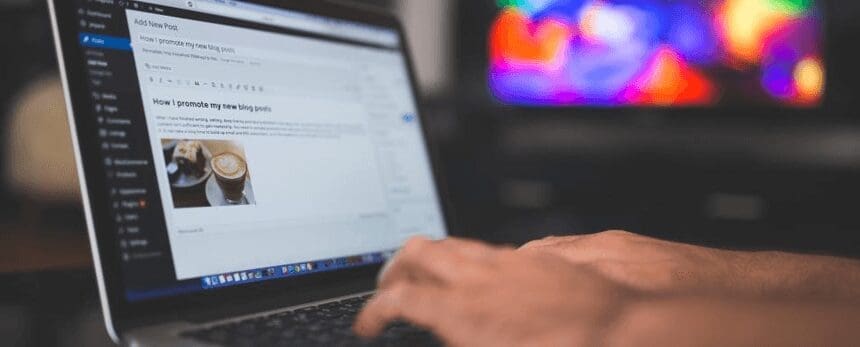
 Insider-qa-influencing-point-of-pur...
Insider-qa-influencing-point-of-pur... 
In this exclusive Insider Q&A, DAC caught up with Dave Rodgerson, Retail Industry Lead, for Microsoft Canada to discuss how emerging technologies continue to spark retail opportunity and influence today’s connected consumer.
Can you please provide me with a brief overview of your position at Microsoft Canada?
As the Retail Lead for Microsoft Canada, I help connect our clients with the product teams and business partners to create innovative solutions.
What, if anything, has surprised you over the years when it comes to retail and technology?
It surprises me that people continue to think technology means “the end of” bricks and mortar stores. In the future, successful retailers will be the ones that leverage technology to blur the line between the in-store and on-line experience.
How are customer’s expectations changing?
There are a number of things, including technology that has influenced a change in customer expectations. One of the most important changes has been a shift in the consumers’ understanding that they hold the balance of power when it comes to the relationship with a retail brand. That relationship is incredibly valuable and the retailers that recognise this are ahead of the game.
What’s one thing retailers need to think about with regard to tomorrow’s connected consumer?
The connected consumer is not just connected with a mobile device. They are also “connected” through social networks. The influence of people we know through our social network is very important when it comes to our brand loyalty and purchase decisions.
When you talk about social influencing purchase decisions, how can retailers use social media to drive sales?
One of the ways they can do that is through social listening. There’s insights that can be understood by listening to people talk about their products online. The goal here is to create a conversation online to showcase the shopping experience and use curated content to promote the brand. The key for the retailer is to be a good host to that community of interest.
There has been a big focus on hyper-personalisation and using data to create personalised experiences. How can retailers stay ahead of the game when it comes to using data?
There are so many different avenues that retailers can draw insights from by using data. Retailers understand that data can give them a single view of the truth, whether that’s from the customer’s perspective, or within their own organisation. The challenge that most of them have is how to aggregate that information architecturally.
With new technologies impacting retail, how would you explain what augmented reality is, to someone who is not familiar with the term?
I always explain that as sort of layering a digital experience on top of what we perceive in our own eyes.
What are some ways that retailers can eliminate the line between the physical store and the online experience?
Before augmented reality integrates into the mainstream, there are many ways that retailers can blur that line. Leveraging a connection between in-store signage and displays is one way to do that. Using a proprietary mobile app, retailers can connect with customers during the shopping experience to send them tailored and contextual offers.

What are some of your favourite examples of AR done right?
One of my personal favs is the LEGO Store. They have a kiosk that is designed with a Digital Box display that brings a boxed product to life and lets kids/customers see what they’re really buying. When customers hold a box of LEGO in front of the kiosk, it recognises the kit and uses the display to show a fully assembled and animated toy. As they move it around, it continues to animate in the proper perspective to the way they box is held.

What are some upcoming trends with augmented reality and retail?
Fashion and cosmetics are two areas that offer the easiest fit for AR. Being able to try on new looks without changing your clothes sounds pretty convenient. How about being able to try a new hair colour without getting your hair wet? These are already available with some retailers that are leading the way. This is just the beginning.

How can Augmented Reality help localise businesses?
Store environments will provide a more informed and interactive experience. One example that I’ve already seen as a demo comes from the grocery sector. Using AR, the grocer projects a display on a screen in response to where the customer has reached out. It illustrates nutritional and preparation information about the food. This is beneficial to the health-conscious consumer and can prove beneficial for the grocer who can communicate information about locally grown products.

Imagine the customer of the year 2020 or 2030. What do you think that shopping experience is going to look like?
Hopefully, the technology will continue to enable an experience that entertains and engages consumers. I’ve always said that retail is the closest thing to show business off-Broadway. The fun, the sounds, and the colour. It’s an exciting industry. The biggest changes are likely to include new forms of payment that are both secure and convenient. Smart Homes will manage the fulfilment of staple items with subscriptions and devices like the Amazon Echo. The biggest difference that I anticipate will involve the way retailers will analyse data to really know their customers and anticipate their needs.
Contact DAC today to find out more!

